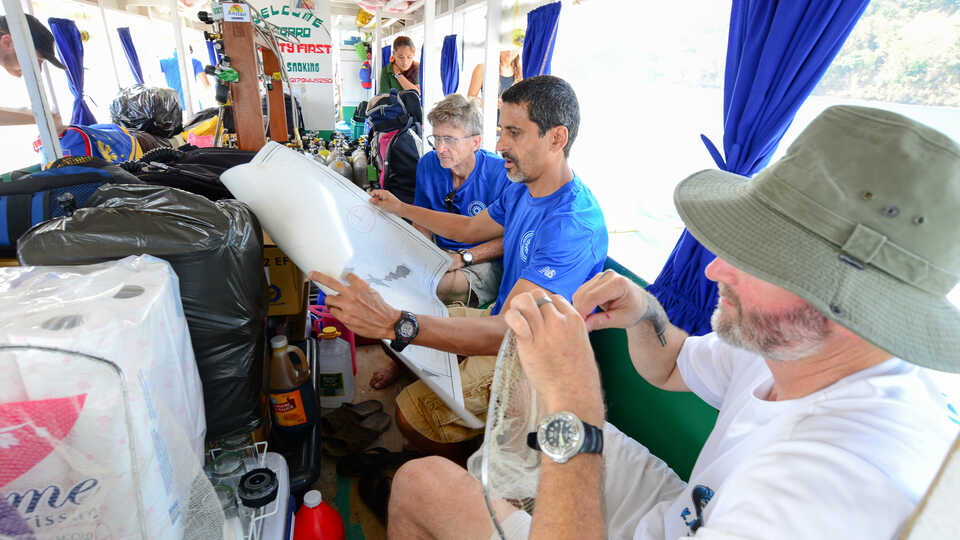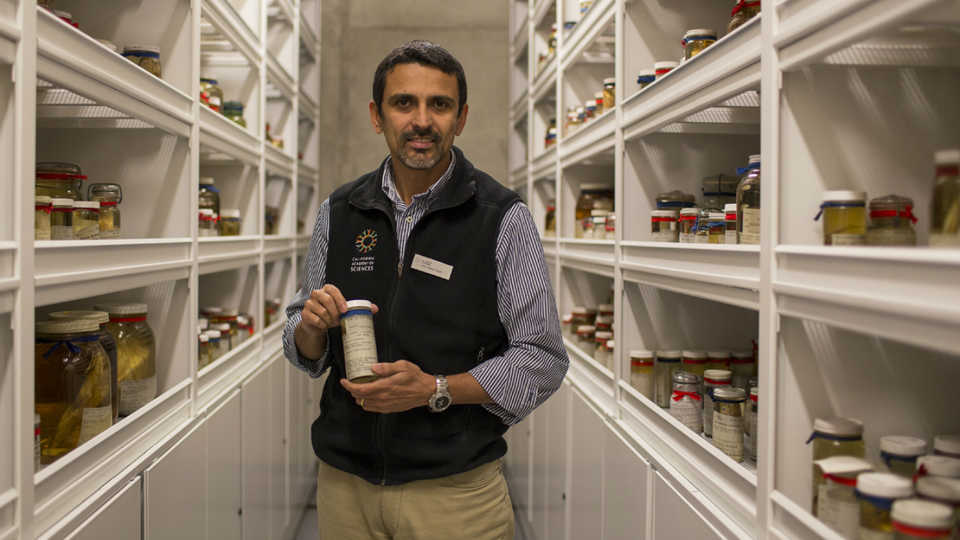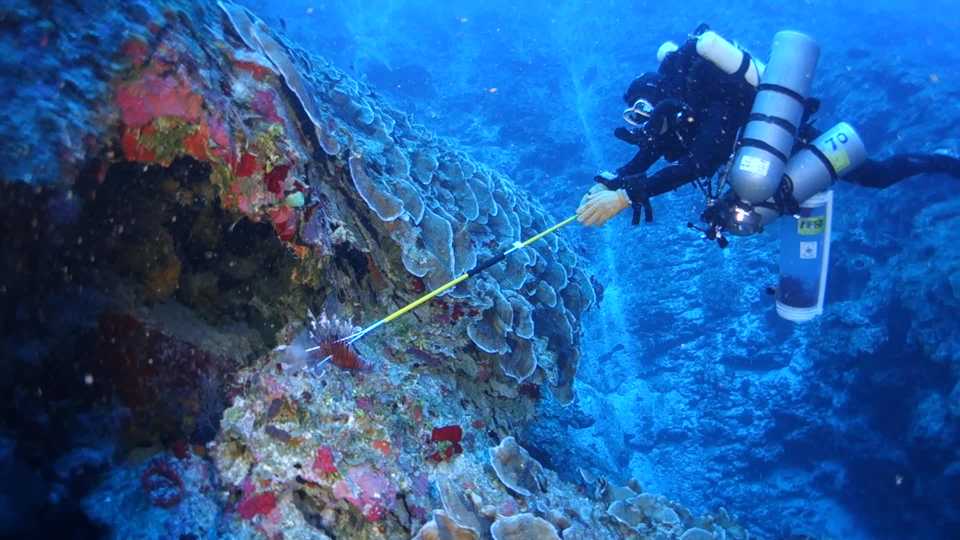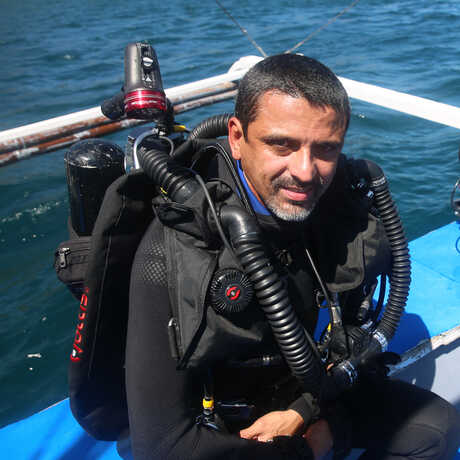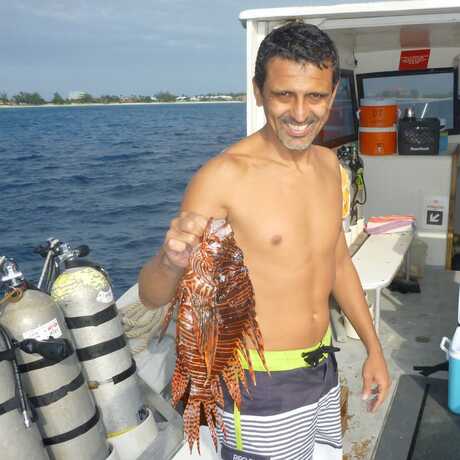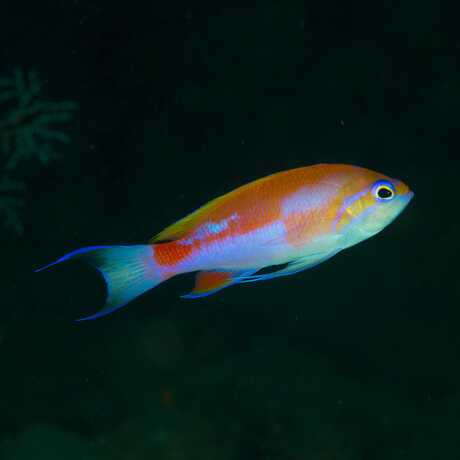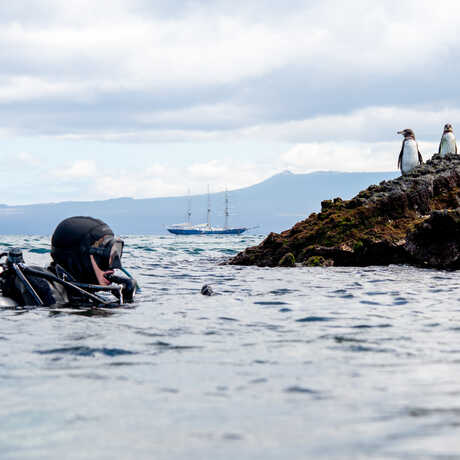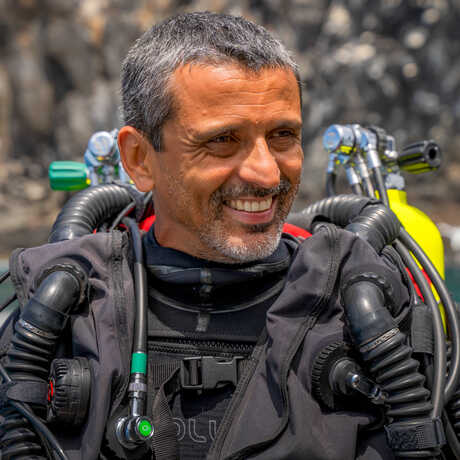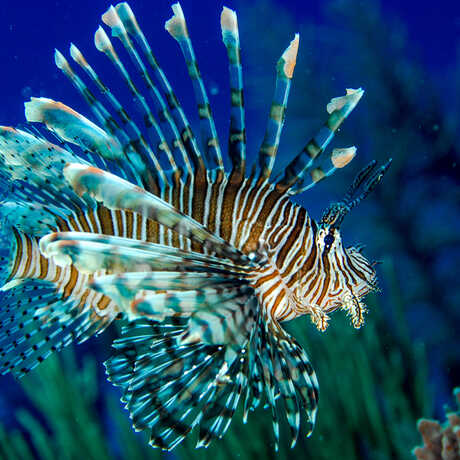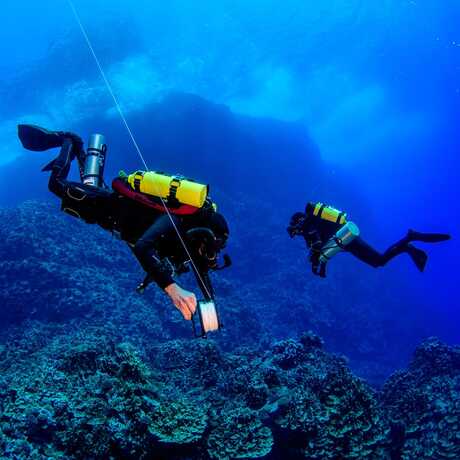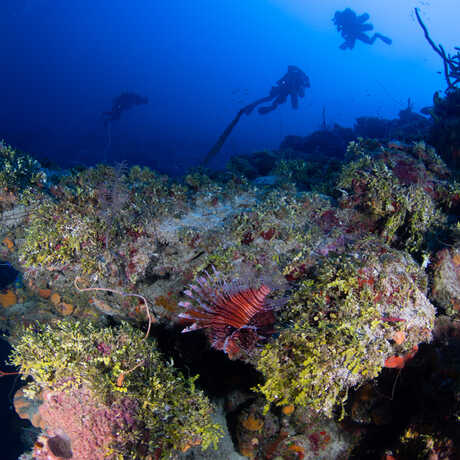For ichthyology curator Luiz Rocha, childhood was defined by fish and sea. “I had tanks starting from age 5 or 6,” he says, “and I decided to be a biologist when I had my first biology class in third grade. I’ve just always had this attraction to going out in the ocean.”
Every day after school, Rocha would stop at aquarium stores in his Brazilian hometown and stare at fish for hours, until “sometimes my mom would go nuts.” By high school, he had roughly 2,000-gallons-worth of fish tanks and was regularly investigating the clear, accessible reefs just offshore. “I used to make little boats to go out to the reef for snorkeling,” he recalls, “and pretty soon I was collecting fish to sell back to the aquarium shops.”
But as much as he loved, read about, and studied the ocean—consuming books, movies, and anything he could find about Jacques Cousteau—Rocha confesses he wasn’t exactly a star pupil in biology classes, at least at first. “But that’s because they weren’t always about fish,” he laughs. “There was a lot of cell biology and related disciplines that I didn’t completely like. But whenever it came to zoology or anything to do with animals,” he adds, “I was on top of it.”
These days, Rocha regularly descends into the cellular level, using advanced DNA sequencing to answer some of his field’s biggest questions. From the spread of invasive species to the very origins of fish diversity, he works in labs, on boats, and in water as deep as 500 feet to advance our understanding of Earth’s oceans.
